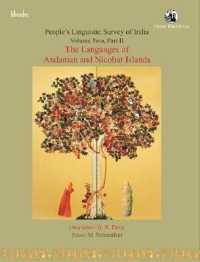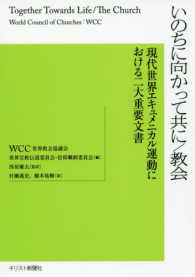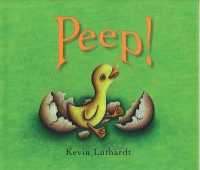- ホーム
- > 洋書
- > 英文書
- > Science / Mathematics
Full Description
The purpose of this book is to describe the classical problems in additive number theory, and to introduce the circle method and the sieve method, which are the basic analytical and combinatorial tools to attack these problems. This book is intended for students who want to learn additive number theory, not for experts who already know it. The prerequisites for this book are undergraduate courses in number theory and real analysis.








